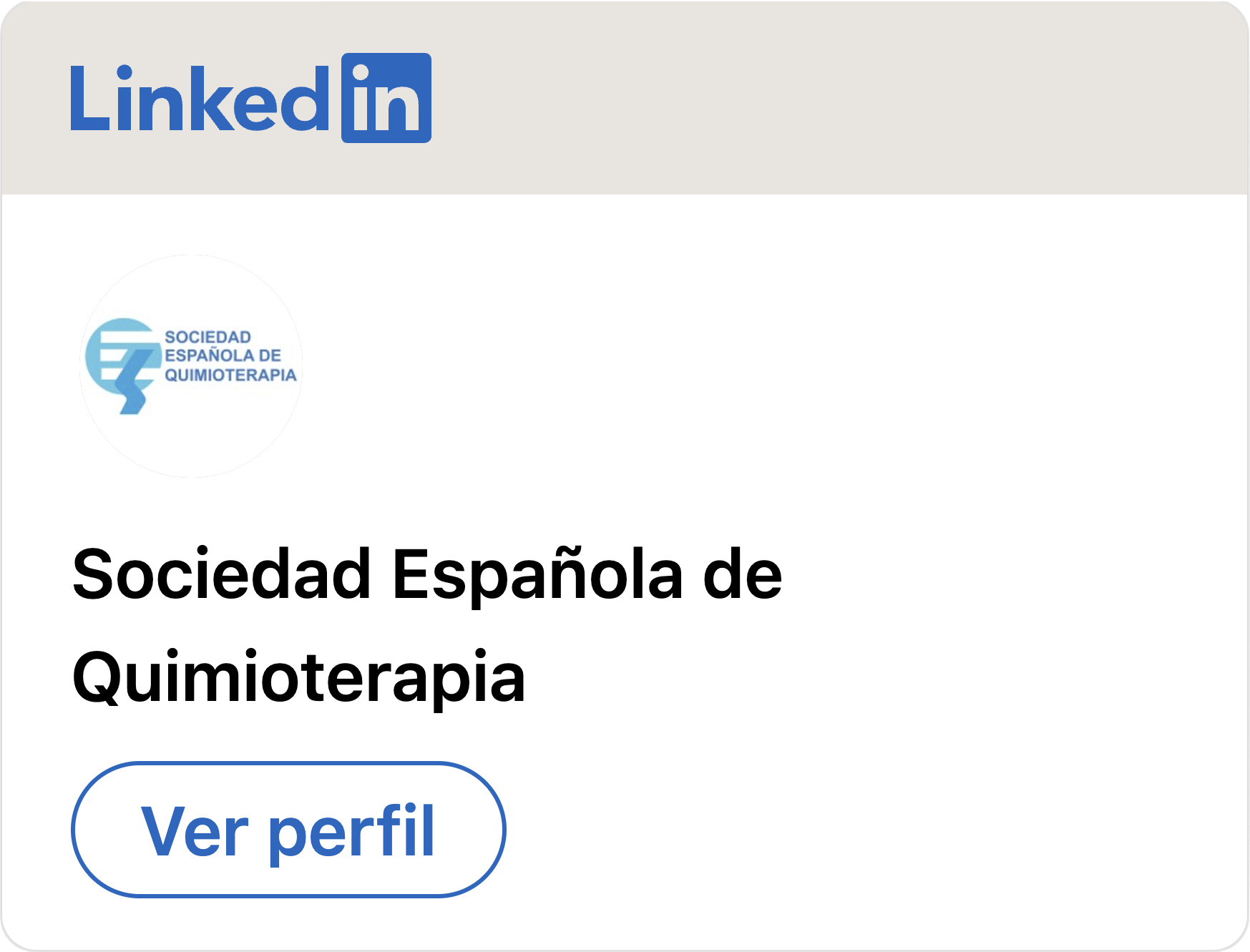Rev Esp Quimioter 2015:28(2):86-91
Detection of unusual uropathogens during a period of three years in a regional hospital
CRISTINA GÓMEZ-CAMARASA, CARMEN LIÉBANA-MARTOS, JOSÉ MARÍA NAVARRO-MARÍ, JOSÉ GUTIÉRREZ-FERNÁNDEZ
Urinary tract infections (UTIs) are one of the most fre-quent both in the community and in hospitals infectious diseases. The etiology of urinary tract infections is well established but may vary depending on various factors such as age, the presence of underlying diseases such as diabetes, instrumental procedures such as urinary catheterization or exposure to antibiotics or previous hospitalizations. UTIs diagnosed cases were retrospectively reviewed for unusual microorganisms over a period of 3 years (2011-2013) in the Microbiology Laboratory of the Hospital Virgen de las Nieves of Granada (Spain), following the standard operating procedure, which we describe four cases caused by Trichosporon asahii, Aerococcus urinae, Pasteurella bettyae and Neisseria sicca. Hence the importance of having in the Clinical Microbiology Laboratory of the tools necessary to detection UTIs and reach a correct identification in all cases.
Rev Esp Quimioter 2015:28(2):86-91 [pdf]

